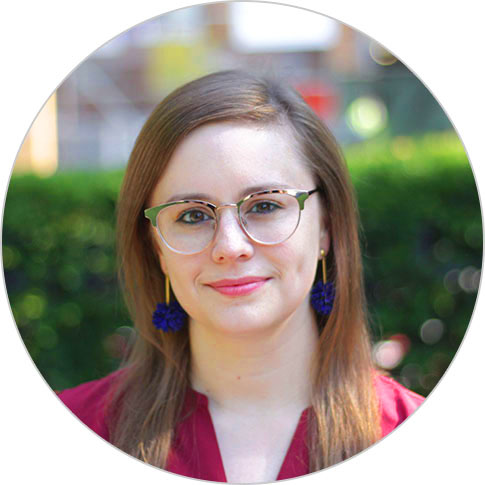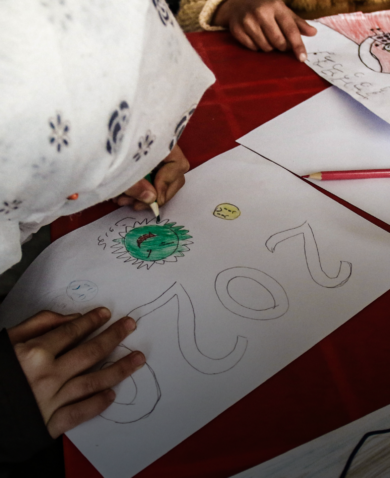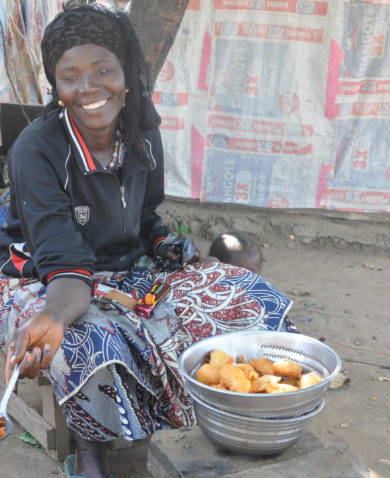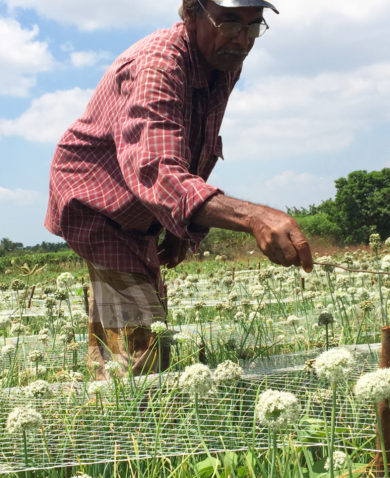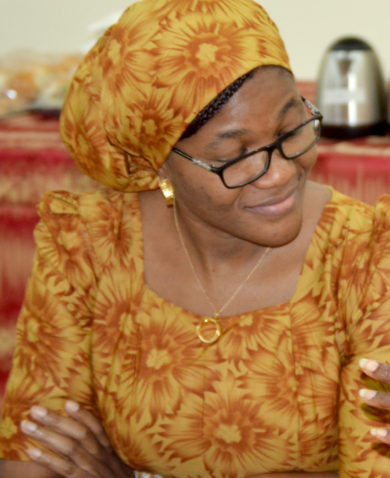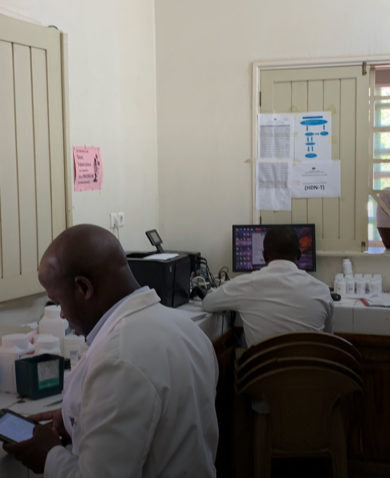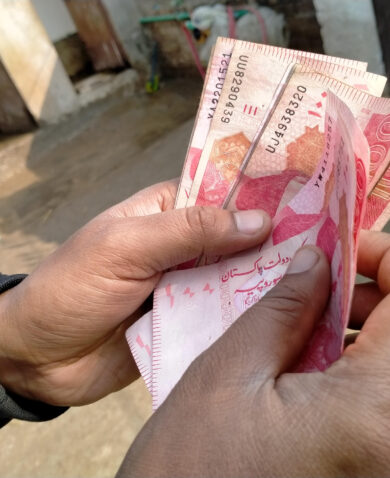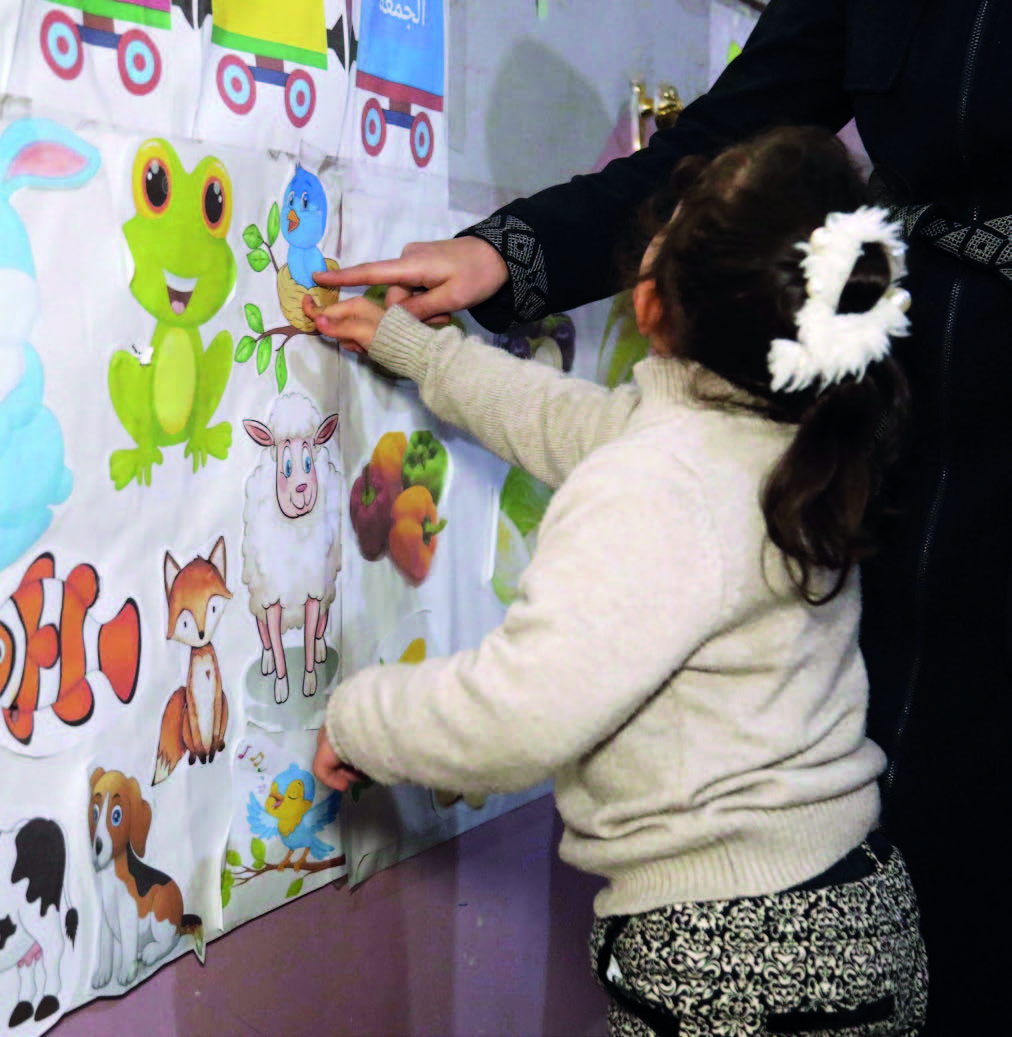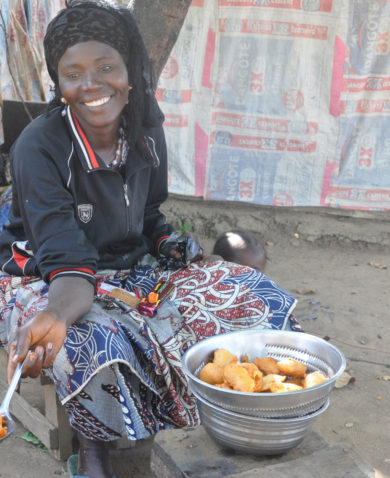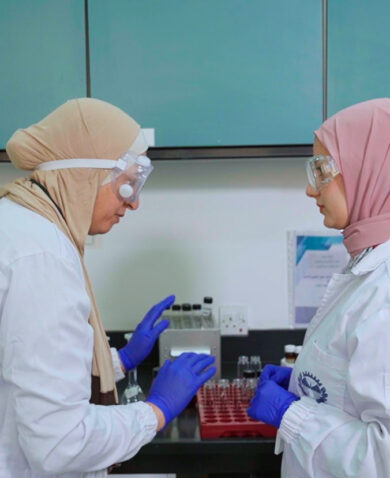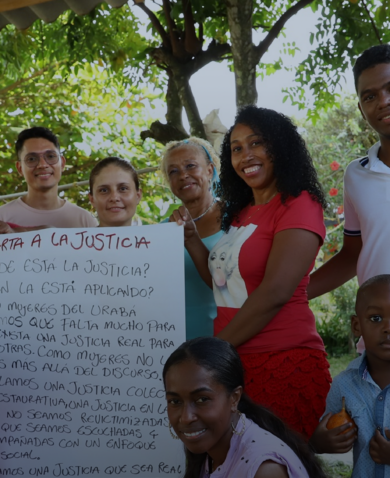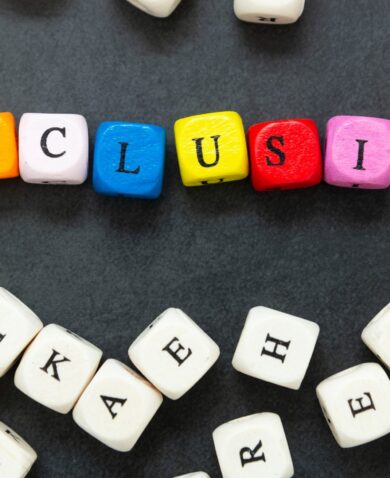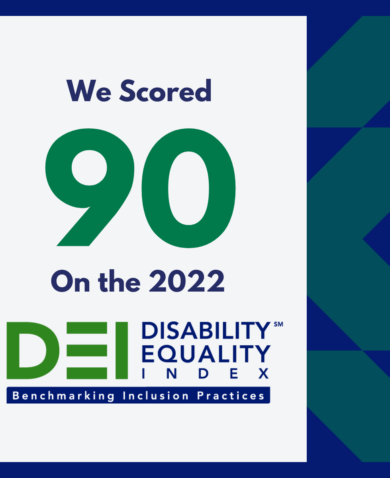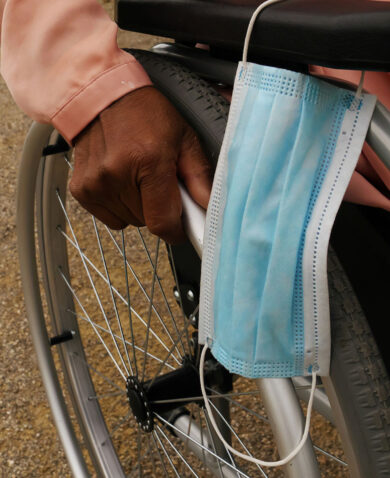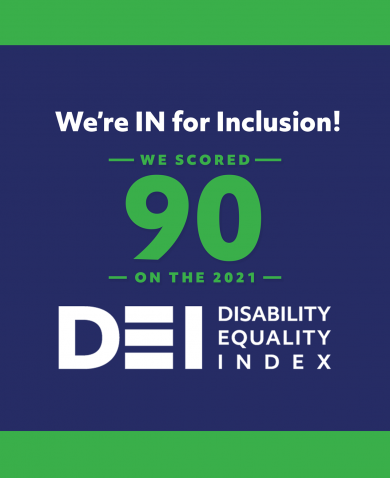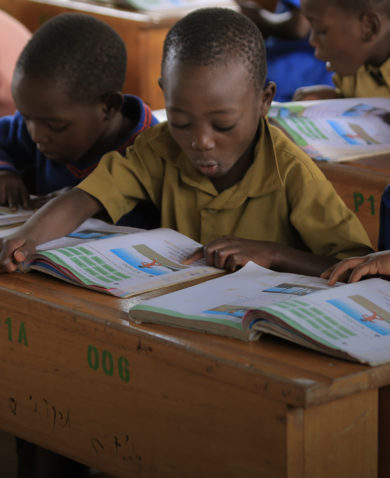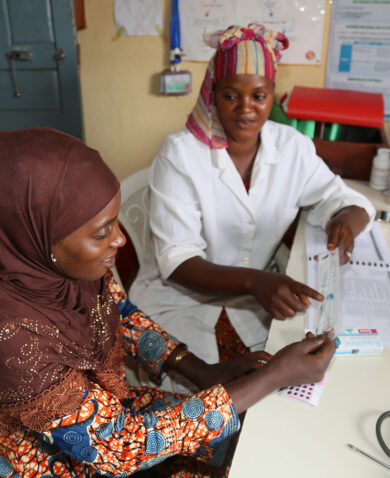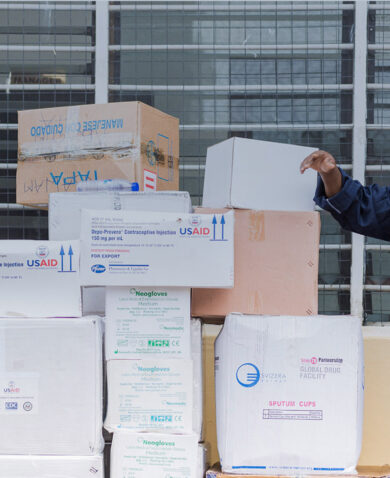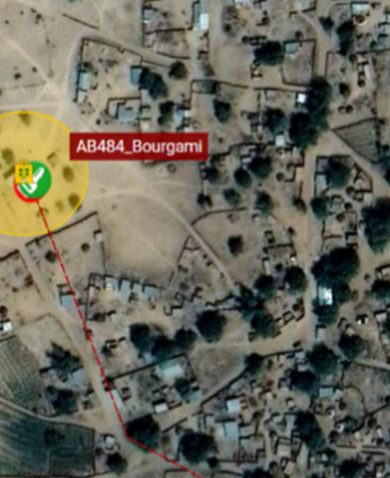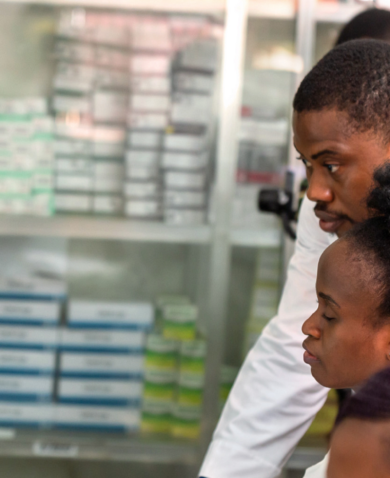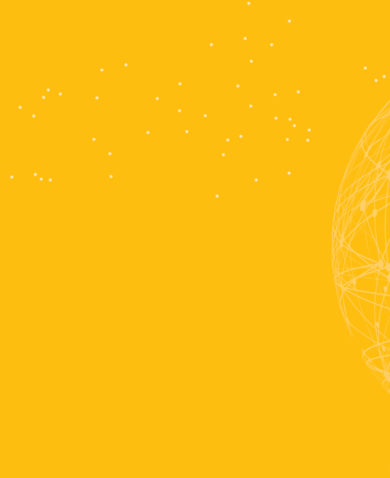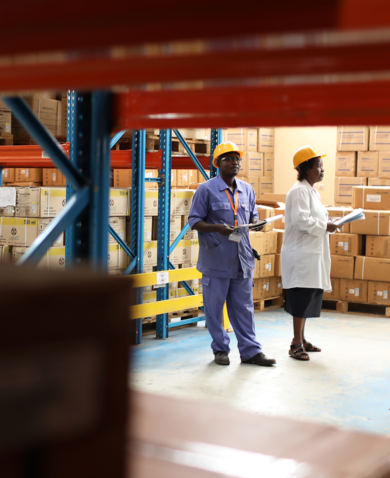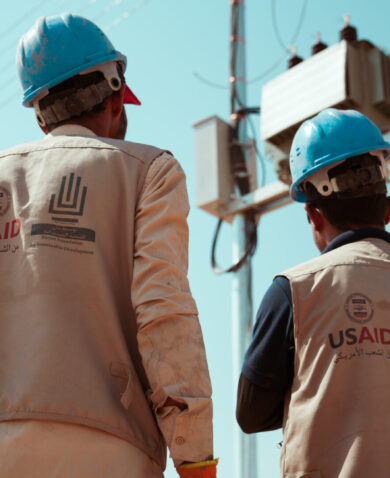
Leveraging Data for Meaningful Progress Towards Disability Inclusion
February 10, 2022 | 5 Minute ReadWith a growing emphasis on disability inclusion in international development, how can practitioners ensure a disability-inclusive approach to monitoring and evaluating their work?
To learn more about data collection tools for disability inclusion, check out the Monitoring and Evaluation Strategies for Disability Inclusion in International Development Guide. Contact GESITeam@chemonics.com with questions.
In the last 15 years, advocacy for the inclusion of persons with disabilities in international development has been rising. As persons with disabilities compose a sizable portion of the global population, approximately 15 percent or 1 billion people, the mandate for inclusion in project implementation is increasingly a focus of many international development practitioners. This is due to major international movements, such as the adoption of the Convention on Rights of Persons with Disabilities in 2006 and the United Nations Conference on Sustainable Development in 2012. During this conference, disability was referenced in the Sustainable Development Goals relating to education, employment, inequality, accessibility of human settlements, and data collection.
Inspired by these assemblies, in addition to activists and organizations of persons with disabilities (OPDs), international development donors are calling for greater inclusion of persons with disabilities in project implementation. Chemonics’ annual solicitation analysis identified that over three years of analysis (2018-2020) the mentions of disability inclusion content is increasing. These mentions are made for specific activities or in requirements for monitoring, evaluation, and learning (MEL), with disability policy-related language the most frequent type of mention. The Foreign, Commonwealth and Development Office launched its Disability Inclusion Strategy 2018 to 2023, setting an expectation for suppliers to include persons with disabilities in their work. Meanwhile, a USAID Acquisition and Assistance Policy Directive instructs contracts to include a clause requiring the meaningful inclusion of persons with disabilities in project implementation.
In this post, we share methods development practitioners can use in a disability-inclusive MEL approach, such as measuring environments accessibility and collecting data on lived experiences of persons with disabilities. We also share case studies of these approaches in two programs.
Approaches for Disability Inclusive MEL
When implementing partners see requirements for disability-disaggregated data, this presents a chance to ensure program activities are making progress in advancing disability inclusion. It also means the project will need tools and approaches to collect this information. There are multiple approaches for collecting disability-related data when implementing disability-inclusive programs and activities. The nature and type of disability data collected is dependent on the project, and it is important to mitigate potential risks of stigma and discrimination towards persons with disabilities because of these decisions. Specialists should first consider, “Will the selected indicator/tool help the project make meaningful progress toward persons with disabilities?”
For optimal accuracy, utilize self-reported tools to measure the inclusion of persons with disabilities at the individual level. Implementers must take responsibility when maximizing outreach efforts to positively impact persons with disabilities in developing countries. They should utilize self-reported tools when measuring the inclusion of adults with disabilities at the individual level, for optimal accuracy. Worldwide, when using a single question on disability (e.g., “Do you have a disability: Yes or No”?) it leads to underreporting and is not recommended due to misconceptions on the definition of disability and stigma surrounding disability. Examples of person-level measuring include the Washington Group Questions, which in a census or survey format ask questions about functional domains to assess what accommodations are required. It’s also essential to connect person-level data to services or accommodations that will address the challenges people with disabilities face in accessing program activities. To understand the accessibility of program activities, disability-disaggregated data can incorporate intersectionality and allow further disaggregation by other identity markers such as gender identity, race, and ethnicity. It is key though to ensure data protection measures are explained and established to ensure participants feel safe self-reporting.
Partner with OPDs and hire people with disabilities to develop an inclusive and contextually appropriate data collection. As persons with disabilities have first-hand experience in living with these realities, project implementers should partner with organizations of people with disabilities (OPDs) and hire them to develop an inclusive and contextually appropriate data collection. Implementers in partnership with persons with disabilities should weigh the pros and cons of each tool and method and determine which are most suitable based on social and cultural norms of persons with disabilities in their countries. They should also consider development sectors such as education, global health, or economic growth, and the expected project outcome. Ensuring OPDs are engaging in the design of research methods and tools can enhance the project’s data collection and progress towards disability inclusion in its activities overall.
Measure inclusivity of environments and processes as another way of understanding how persons with disabilities are engaging the project. Persons with disabilities may fear disclosing their disability due to privacy concerns, stigma and discrimination in communities, or the risk of harm. Additionally, there may not be resources or time to complete a person-level survey. To mitigate these concerns, measuring the inclusivity of environments and practices is an alternative to understanding how people with disabilities are engaging the project, without the risk of gathering personal data. Examples of this tool include universal design checklists that detail requirements for accessibility in spaces such as schools and workplaces, or surveys following activities on the quality of accommodations provided. When a project is developing an in-person training program, one can use a checklist to ensure that accommodations for different types of disabilities such as sign language interpreter, subtitles, enlarged text, and ramp are included in the space.
Case Studies in The Importance of Using The Correct Tool With Trained Staff
These cases demonstrate the considerations needed to ensure a selected tool furthers disability inclusion in programs. Factors such as ensuring the selected tool aligns with the purpose it was designed for, and those fulfilling the implementation of the tool have the necessary training are key. There is no one size fits all approach to tool selection, and there are times when programs may need to make choices determined by the context, needs of the community, and the resources they have available.
Syria Education Programme
The Syria Education Programme, also known as Manahel utilized the Washington Group Child Functioning Screening questions to respond to the needs of children with disabilities. The project used this model for a research purpose to compare learning outcomes between children with or without disabilities and to enhance interventions for students such as individual education plans, or provision of assistive technology. The screening was implemented by teachers and safeguarding officers trained by the Manahel program to carry out this approach. Understanding which students participating in Manahel’s programs had a disability helped the program conduct analysis on the progress children with disabilities were making as compared to their peers without disabilities. This analysis enabled teachers to focus on students who needed added support: one-on-one or small group work. To measure their work, the program also analyzed the percent of teachers who have improved attitudes towards children with disabilities and the number of schools with community-based referral pathways. Through training 2,608 staff in the child functioning screening, 66 percent of whom were female, the program was able to assess over 160,000 students and by the end of 2021 had reached 2,863 students with disabilities. These children were either directly provided with support or referred to services by the program.
Inclusive Development Partners Evaluation
Inclusive Development Partners (IDP) has led evaluations examining how groups are looking to identify learners with disabilities and challenges that have resulted in trying to use the same tool to both monitor activity outcomes (i.e., the learning of children with disabilities) and screen children for services and support. In this example, the Washington Group Child Functioning Module (WG CFM) was adapted for classroom use and used teachers as respondents. This differs from the original WG CFM design which used parents as respondents. Unlike the previous example, upon evaluation, findings indicated that teachers did not have enough knowledge of student functioning to complete the tool accurately and often had competing demands for their time that impacted fidelity of implementation. Conflating the purpose of data collection (educational planning and activity monitoring) led to imprecise measures on both counts and the misidentification of children with disabilities. As these examples demonstrate, working with teachers as respondents of the WG CFM has not always been determined to be effective. Utilizing parents, the tool’s originally intended respondents, is currently deemed most effective. When programs do try to adapt tools, they must ensure validation and technical verification are included in the process.
There are many models and approaches projects can consider when determining effectiveness in advancing inclusion of persons with disabilities in their program. With a contextually appropriate approach, rooted in partnership with OPDs and targeted towards making activities more accessible for persons with disabilities, data on disability inclusion can play a critical role in advancing development impact.
Banner image Caption: Photo from Early Grade Reading Assessment Training for Enumerators on the Kyrgyz Time to Read Program.
Posts on the blog represent the views of the authors and do not necessarily represent the views of Chemonics.

